This has a Royal Delft Blue Holland stamp on the bottom along with a "0" and "HS" initial. On the back it's stamped KLM.
Vraag
Can you please tell me when this piece was made, and any insight about the piece based on the markings?
Afmetingen
4 cm wide x 4 cm depth x 10 cm height
Collectie
publiekscollectie

















Reacties 3
Beoordeling:
Toelichting:
Dear Suzette,
This piece is an example of the well-known 'KLM-huisjes' (KLM houses), that were given to passengers on KLM flights (usually first or business class on intercontinental routes). They have been produced by several potteries over the years, though for the longest time they were made by Royal Goedewaagen. However, as far as I know they have not used this mark. Perhaps someone else recognises it. Also, the houses were numbered as far as I know. Could the O be a 6??
KLM started distributing these houses from 1952 onwards. In this time, it was not allowed for airlines to give gifts to their passengers, but KLM filled the houses with alcohol as a workaround, so that they were not 'gifts' but 'vessels in which they served their passengers'. This is the general theory anyway!
I am not an expert, but there is a KLM-house app, which might give you more information? https://www.klm.nl/information/travel-class-extra-options/houses
This piece remains a mystery to me.
Het huisje is gemaakt bij Koninklijke Plateelbakkerij ’Zuid-Holland’ (1898-1964), ook genoemd Plazuid en K.P.Z., te Gouda, half jaren vijftig van de 20e eeuw, handgeschilderd, onderglazuurschildering door de plateelschilder Hendrik Anthonie (Henny) Spee (1937-2010), was in 1952 geslaagd voor 2-jarige dagopleiding keramiek aan de Technische School te Gouda, voor meer gegevens van het bedrijf, zie bij de merken: plateelbakkerij Zuid-Holland, beavis 55/8860-bordje. https://delftsaardewerk.nl/bekijken/voorwerp/beavis55/8860-bordje
The house was made at Royal Plateelbakkerij 'Zuid-Holland' (1898-1964), also called Plazuid and K.P.Z., in Gouda, mid-1950s, hand-painted, underglaze painting by the pottery painter Hendrik Anthonie (Henny) Spee (1937- 2010), had passed a 2-year day course in ceramics at the Technical School in Gouda in 1952. For more information about the company, see the brands: Plateelbakkerij Zuid-Holland, Beavis 55/8860 sign. https://delftsaardewerk.nl/bekijk/voorwerp/beavis55/8860-bordje
Groet jvdh.
Thank you Jan, again, for this information
Reactie toevoegen
Alleen ingelogde gebruikers kunnen reacties plaatsen
Login of registreer om te reageren